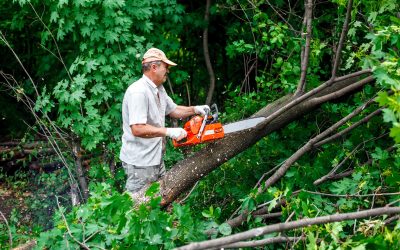The Occupational Safety and Health Administration (OSHA), as an agency of the United States Department of Labor, is clear about the expectation that employers are responsible for ensuring a safe and healthy environment for their workers. OSHA establishes—and revises as new information becomes available—permissible levels of exposure for many different types of dust encountered in workplaces across the country.
Workplace Dust Producers
Some of the most prolific producers of workplace dust include the following industries:
* Construction
* Mines and quarries
* Farms, ranches and forestry
* Carpentry and joinery
* Mills and bakeries
* Textiles
* Sandblasting and painting
* Glass and ceramic
* Waste management
* Power generation
Dust Suppression Systems Target OSHA Compliance Regulations
While providing personal protection (e.g., masks and respirators) is often part of an employer’s safety and health maintenance program, OSHA requires employers to attempt a general reduction in airborne dust before requiring workers to wear personal dust mitigation equipment. Thus, businesses often install dust suppression systems simply because they greatly improve the company’s ability to meet the environmental air standards of OSHA and the Environmental Protection Agency.
Compliance, then—at least in part—means avoiding OSHA/EPA citations and costly fines. The impact of a significant reduction in airborne particles in the workplace, however, extends far beyond meeting regulatory standards.
Reducing Airborne Hazards Promotes Employee Health and Productivity
The American Lung Association reports that occupational lung disease is the primary cause of work-related illness in the United States, and data collected by many countries around the world suggest a similar conclusion. In terms of frequency of occurrence and severity of illness, occupational lung disease poses a significant threat to the health of many companies’ workforces.
* Both acute and chronic diseases, such as asthma and COPD, have been linked to irritants and allergens present in the air in the work environment.
* Airborne particles, e.g., dust and debris, are a leading cause of eye injuries in the workplace.
* Unhealthy levels of dust particles (e.g., silica, grain, lead, sawdust, animal hair and fecal particles, and textile fibers, just to name a few) are the leading cause of lost work productivity—which negatively impacts business profitability.
Ensuring a safe and healthy work environment by reducing unhealthy airborne contaminants like dust, then, protects what most would agree is the most valuable company asset—the people who make up the workforce. Clearly, the value of dust suppression systems extends way beyond simple compliance: they help maintain the health of the workers and ultimately, the health of the business.
For information about what a quality dust suppression system can do for your business, visit Sitename.


